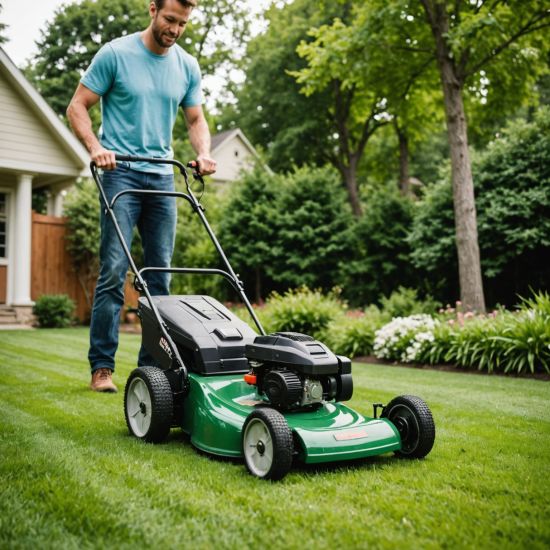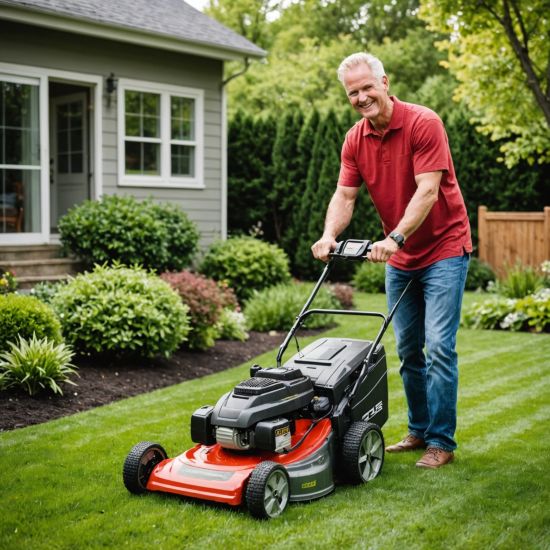Lawn Mower Blade Materials: Steel vs. High-Carbon Steel

Choosing the right lawn mower blades is crucial for a healthy lawn. This article compares two common blade materials: standard steel and high-carbon steel, highlighting their similarities and, more importantly, their differences.
Standard Steel Blades
Standard steel blades are the most common and generally the most affordable option on the market. They are made from a blend of iron and carbon, offering a balance of strength and durability. However, their carbon content is lower compared to high-carbon steel blades. This translates to less hardness and resistance to wear and tear. Standard steel blades are suitable for occasional use on relatively small and even lawns. They are readily available at most home improvement stores and are often the default choice for budget-conscious consumers. Expect a lifespan of around 1-2 years with regular use, depending on lawn conditions and maintenance.
High-Carbon Steel Blades
High-carbon steel blades represent a step up in quality and performance. These blades contain a significantly higher percentage of carbon compared to standard steel, typically ranging from 0.6% to 1.5%. This increased carbon content results in a much harder, more durable, and sharper blade. High-carbon steel blades maintain their sharpness longer, resulting in cleaner cuts and a healthier lawn. They are also more resistant to bending and damage from impacts with rocks or other debris. While initially more expensive, their longer lifespan and superior performance often justify the higher price tag. Many professional landscapers choose high carbon steel blades for their longevity and superior cutting performance. You can often find them at specialty lawn equipment retailers and online. They commonly last 3-5 years, or even longer, with appropriate care.
Comparing Blade Materials: A Detailed Look
| Feature | Standard Steel Blades | High-Carbon Steel Blades |
|---|---|---|
| Carbon Content | Lower (typically <0.6%) | Higher (typically 0.6% - 1.5%) |
| Hardness | Lower | Higher |
| Sharpness | Dull faster, requires more frequent sharpening | Maintains sharpness longer |
| Durability | Lower, more prone to damage | Higher, more resistant to bending and damage |
| Lifespan | 1-2 years | 3-5 years or more |
| Cost | Lower | Higher |
| Maintenance | Requires more frequent sharpening | Requires less frequent sharpening |
While both standard steel and high-carbon steel blades serve the purpose of cutting grass, the differences in their performance and lifespan are significant. High-carbon steel blades offer superior hardness, sharpness retention, and durability, resulting in a cleaner cut, longer lifespan, and less frequent sharpening. The higher initial cost is often offset by their longer service life. For occasional use on smaller, relatively easy lawns, a standard steel blade might suffice. However, for larger lawns, frequent use, or a desire for a consistently well-maintained lawn, the investment in high-carbon steel blades is generally worthwhile. For detailed information on sharpening techniques, you can consult resources like this helpful guide.







